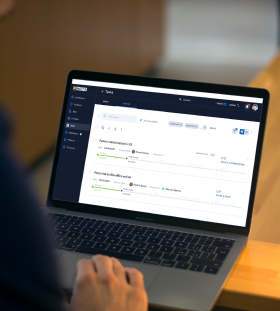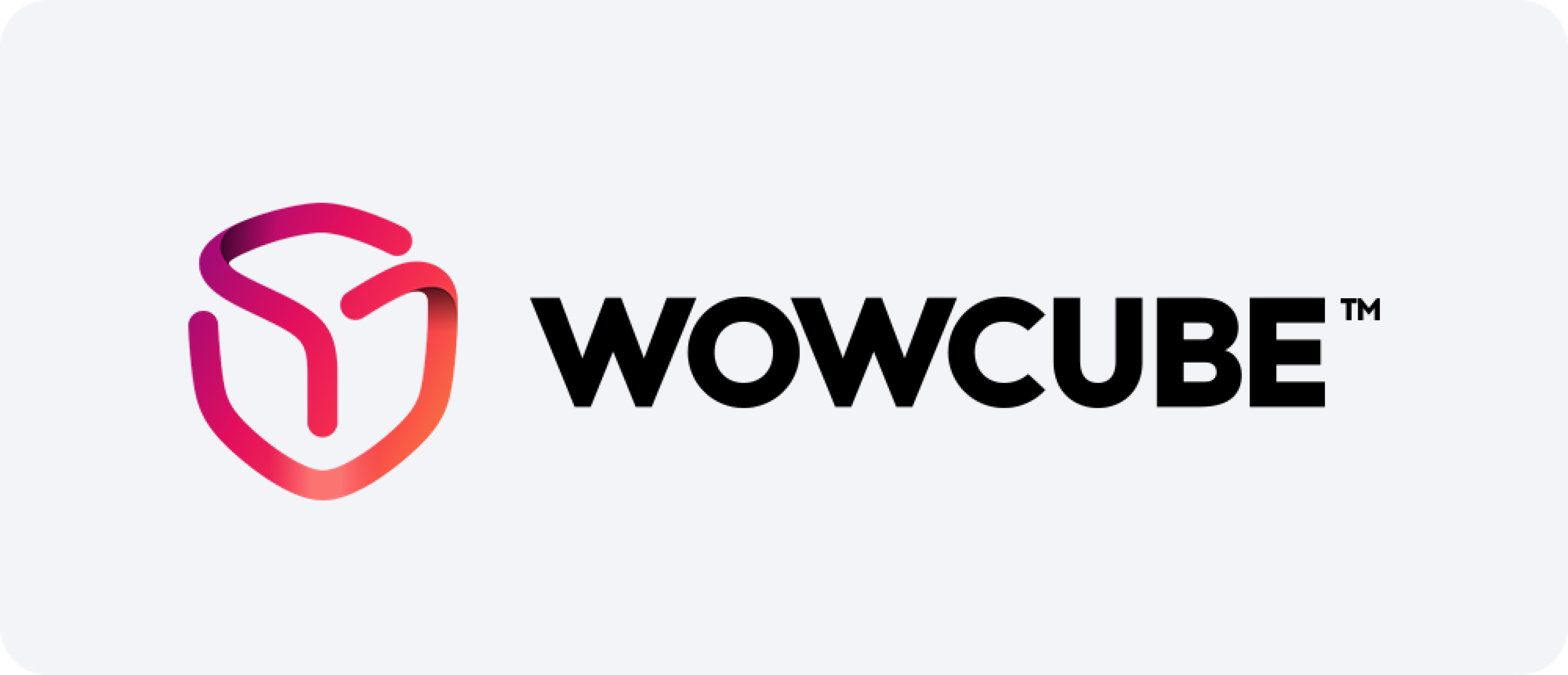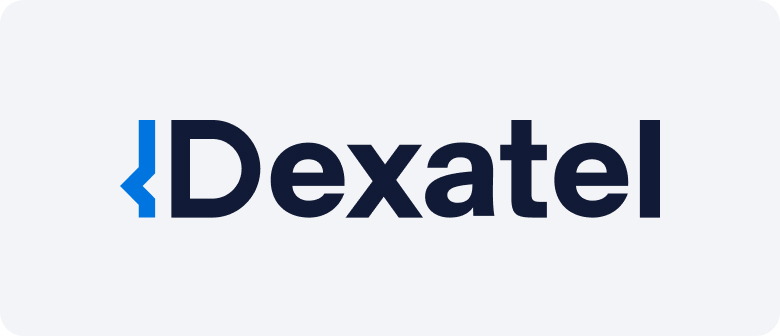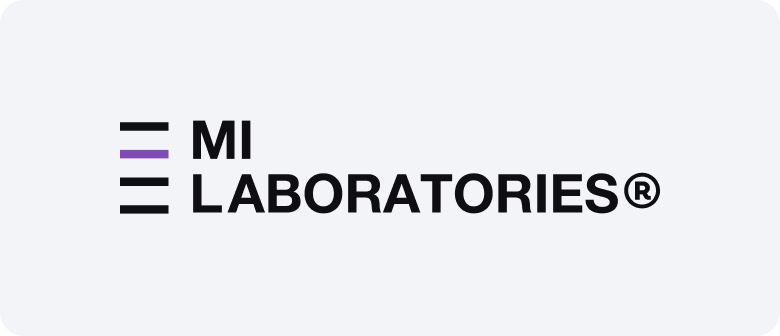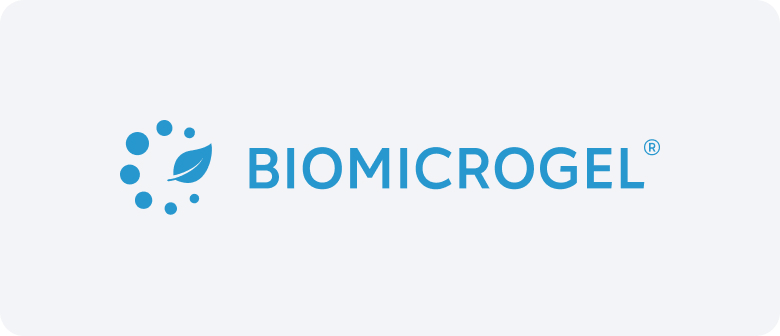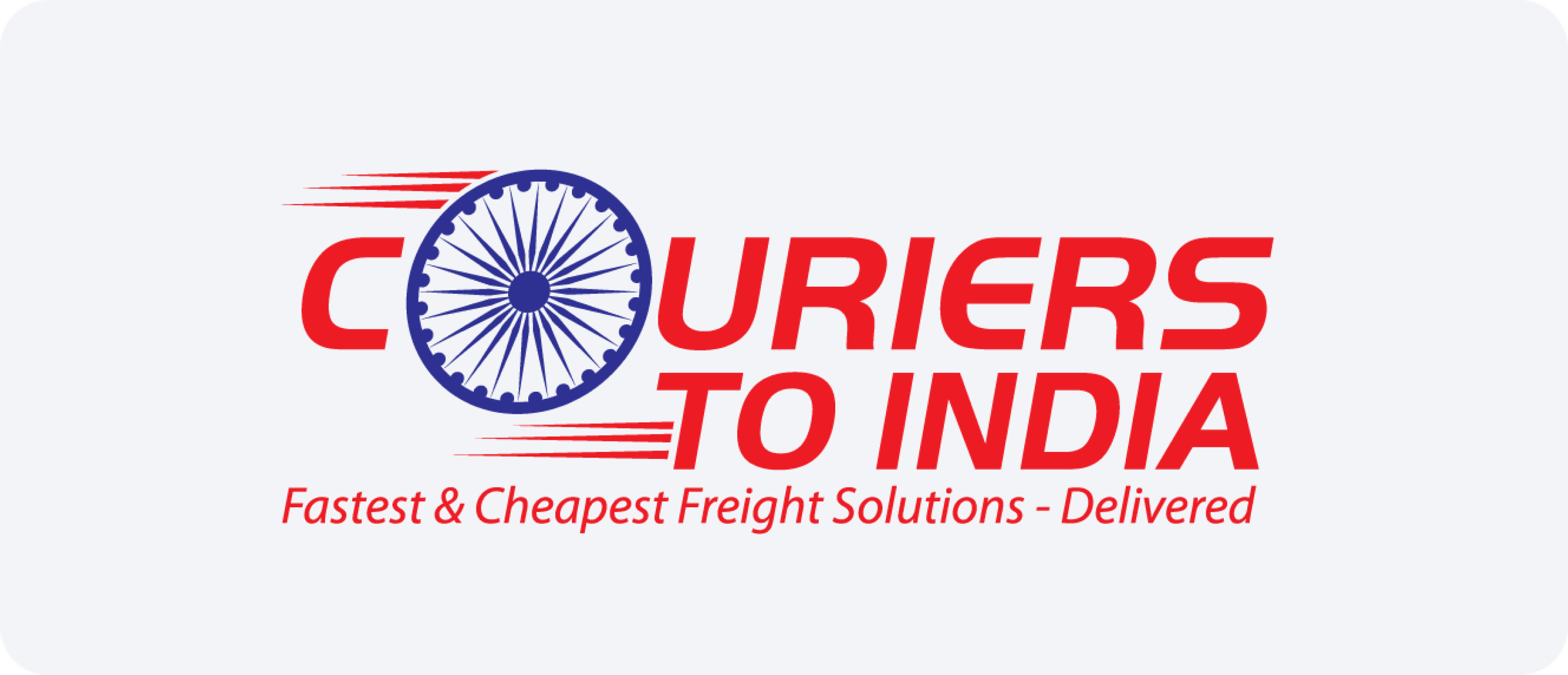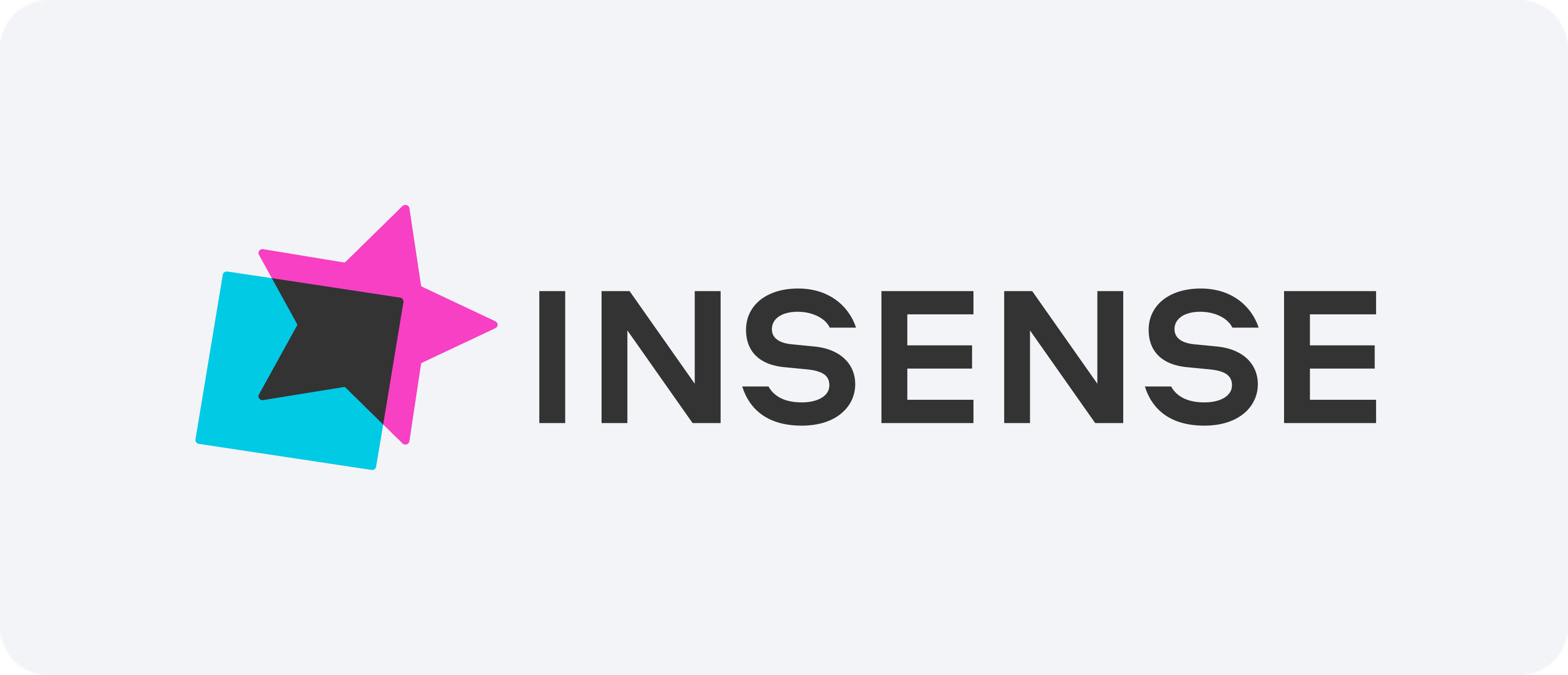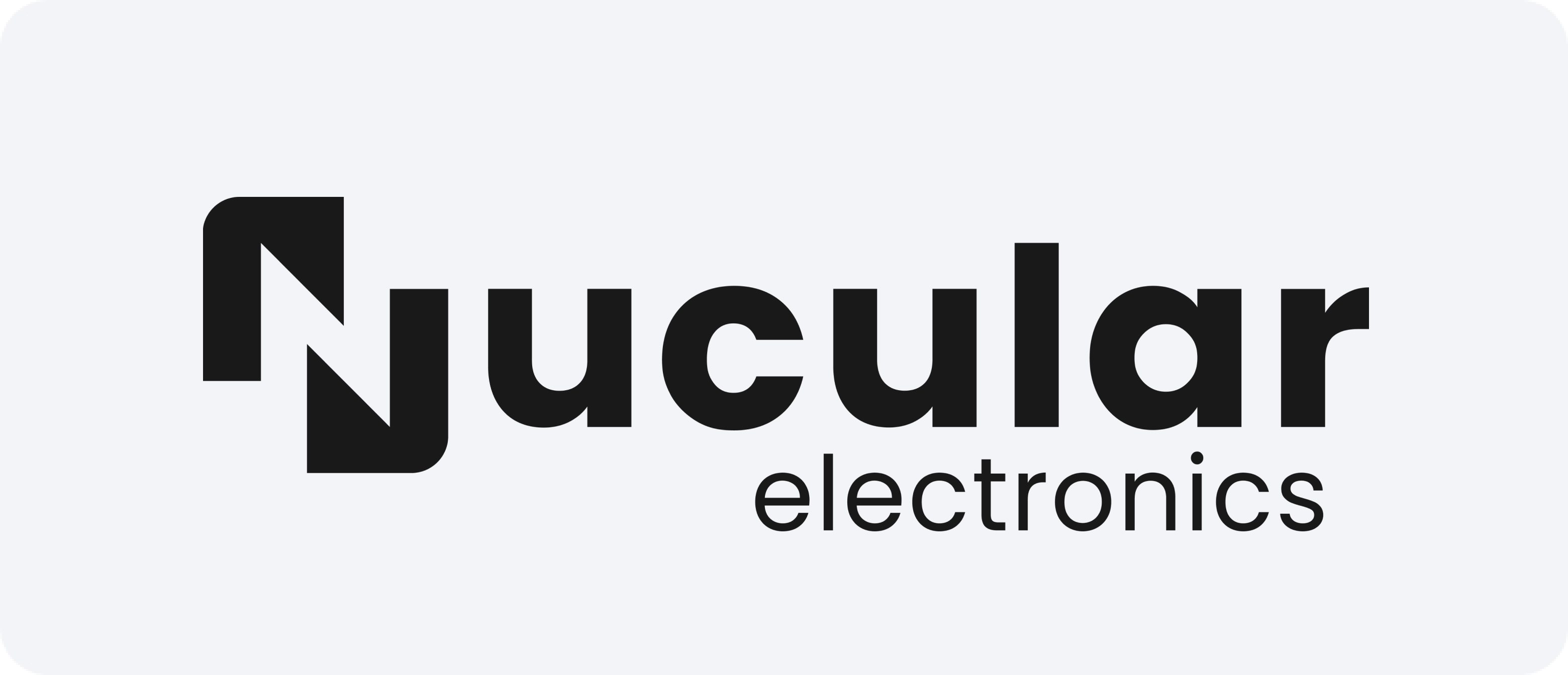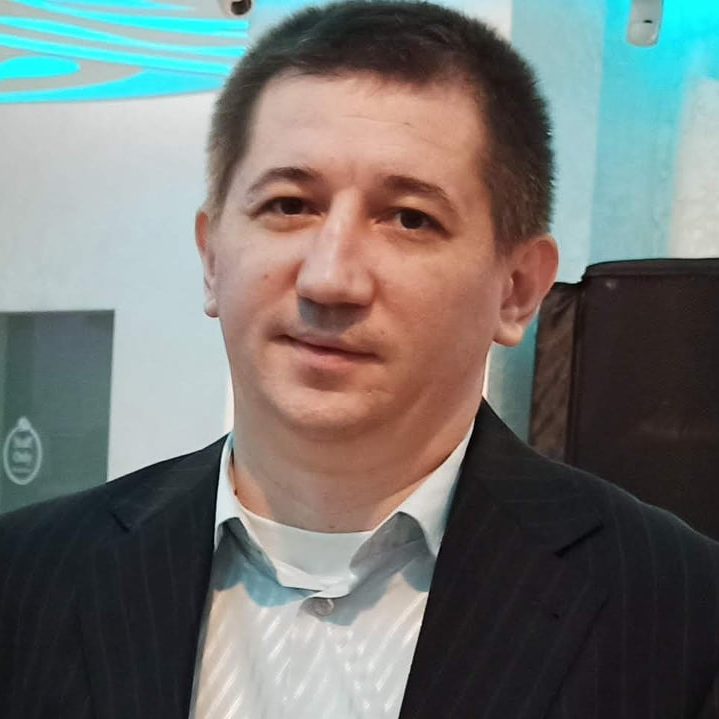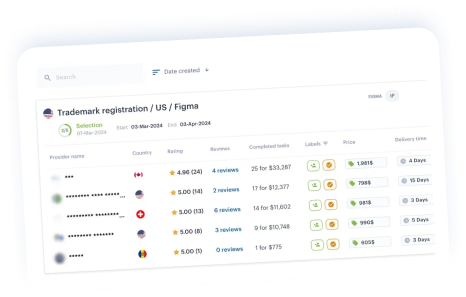特許維持
特許を取得した後は、毎年維持費を支払って特許権を維持することが重要です。維持費を支払わないと、特許権が失効し、発明の保護が失われる可能性があります。



特許を取得した後は、毎年維持費を支払って特許権を維持することが重要です。維持費を支払わないと、特許権が失効し、発明の保護が失われる可能性があります。







-
数分以内に詳細な割り当てを作成するのに役立つ AI 搭載の IP アシスタント。
-
特定の基準に基づいて最も適切な現地の特許弁護士を選択します。
-
特許維持のための書類の準備と政府手数料の処理。
-
プロセス全体を通じてプラットフォーム上でオンライン監視とレポートを実行します。

-

150か国以上から800以上の知的財産法律事務所、ランキングとレビュー
-

タスクの作成と関連する弁護士の検索を支援する AI 搭載の IP アシスタント
-

定額料金、安全で迅速なオンライン決済、結果保証
-

すべてのケースの登録プロセスとオンラインデータストレージに24時間365日アクセスできます
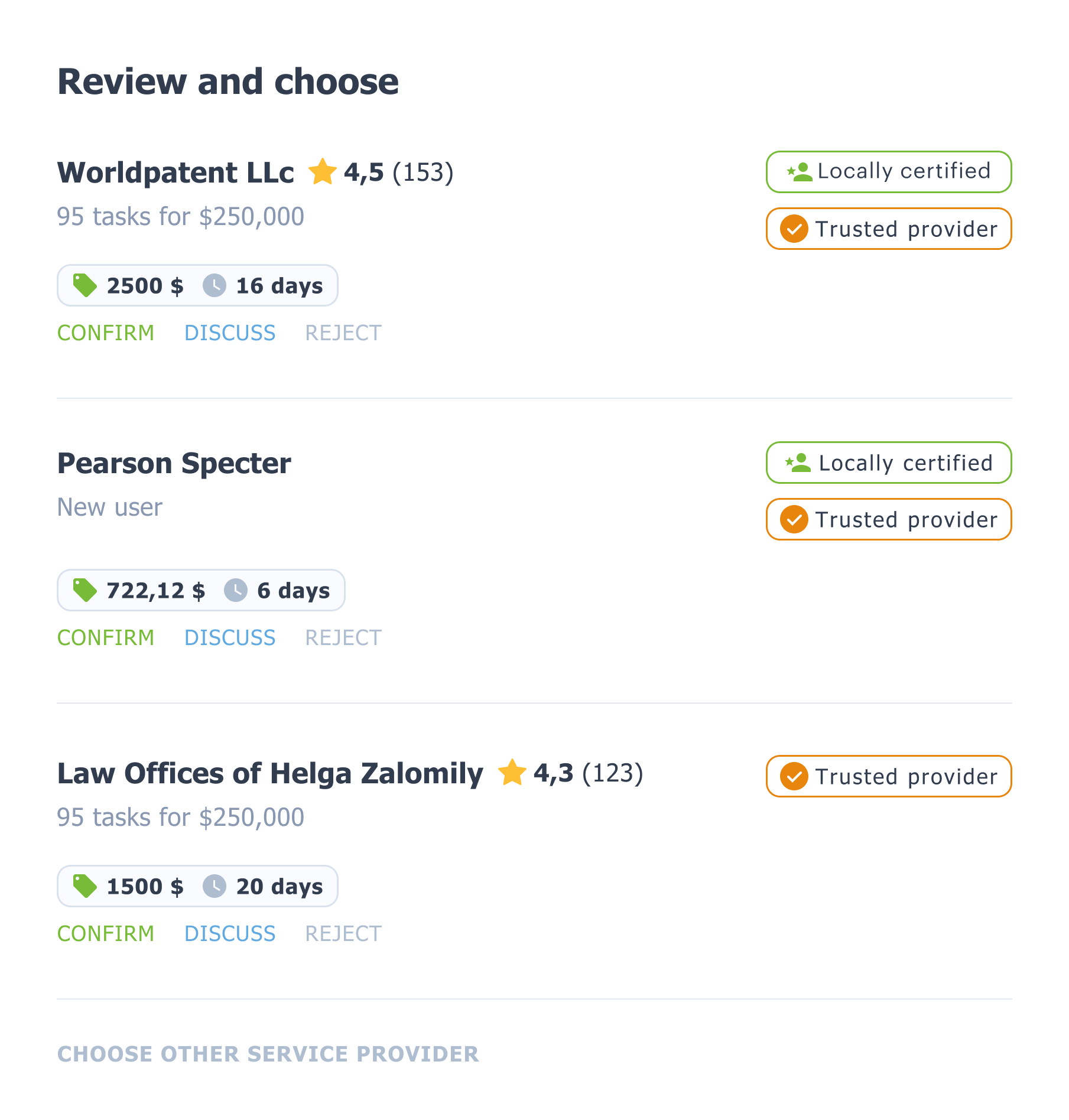
Global Insights into Patent Renewal and Maintenance Services
In today’s fast-evolving technological world, ensuring the long-term protection of intellectual property is crucial. One of the essential aspects of this process is patent renewal, which refers to the regular payments made to keep a granted inventioin in force. Missing a continuation deadline can result in the loss of exclusive rights, which may severely impact a business or individual’s innovation strategy.
Understanding how preservation works across different countries can be a challenging task. Each jurisdiction has its own rules, deadlines, and fees associated with keeping inventions active. Therefore, having a clear strategy for managing continuation worldwide is vital for companies and inventors seeking to protect their rights globally.
The Importance of Patent Renewal in Global IP Strategy
Maintenance ensures that an invention continues to provide legal protection for an invention. After it is granted, it does not stay valid indefinitely. Depending on the country, continuation — also called annuities in some regions — must be paid annually or at other regular intervals. This not only sustains the legal effect of the invention but also shows the ongoing value of the invention to its owner.
Failing to renew an invention on time may result in automatic lapse, making the invention accessible to competitors. For multinational businesses, aligning with a reliable service can eliminate the risks associated with managing multiple deadlines across various jurisdictions. A knowledgeable agent with global experience can streamline this process and help reduce costs in the long term.
Key Considerations for Annuity Worldwide
Managing continuation in multiple countries means handling various fee structures, legal procedures, and timelines. Here are some of the most important aspects to keep in mind:
1. Varying Costs and Deadlines
The cost differs significantly by country. For example, fees may increase over time in jurisdictions like the European Union or Japan. In contrast, some countries maintain fixed fees. Also, the due dates can vary—from the date of filing, grant, or publication—making it necessary to monitor each country individually.
2. Online Management Tools
Modern businesses benefit from platforms that automate and simplify the process. These tools help track upcoming deadlines, generate alerts, and manage payments — all from a central dashboard. This digital approach significantly reduces the risk of human error and improves operational efficiency.
3. Engaging Experienced Providers
Collaborating with a professional attorney is one of the most effective ways to ensure accuracy. These providers understand the intricacies of local regulations and provide strategic guidance tailored to each region's requirements. A seasoned partner can act as a single point of contact for global continuation.
Key Steps in Rights Extension
To successfully manage global portfolios, it is critical to follow a structured process. Below is a checklist to guide companies through effective rights extension:
- Identify deadlines and calculate fees
- Analyze the cost-benefit of each decision
- Evaluate whether the invention is still valuable in the market
- Use a centralized platform for monitoring and payment
- Partner with a trusted provider offering グローバル coverage
- Keep digital and physical records of all activities
- Reassess each country’s legal requirements annually
By following this list, businesses can ensure consistent protection while keeping the administrative burden manageable.
Challenges and Solutions in Maintenance
Handling continuation in-house for a large portfolio may quickly become overwhelming, especially with the added challenge of differing rules between jurisdictions. Penalties for late payments or incorrect filings can lead to unwanted legal disputes or loss of rights. This is why outsourcing to a global provider who specializes in preservation can be a game-changer.
Such providers often have access to proprietary databases and networks of local attorneys who guarantee compliance. Their systems can automatically calculate fees, track changes in regulations, and manage filings with minimal effort from the owner. These solutions not only improve reliability but also help to control administrative costs.
Trends and Future Outlook
As the volume of international filings continues to grow, the trend toward automated, cloud-based management is also rising. Businesses are shifting towards more integrated systems that combine legal compliance with financial planning tools. Rights extension processes are becoming smarter, with AI-driven features predicting value-based continuation strategies.
Moreover, governments and IP offices in many regions are modernizing their systems to support payments and digital notifications. This opens up new opportunities for IP owners to improve efficiency and control.
Conclusion
Rights extension is a critical part of managing intellectual property assets, especially in a globalized market. From understanding charge schedules to navigating country-specific rules, the process demands careful planning and expert oversight. Companies aiming for effective global protection should prioritize working with experienced continuation providers and make use of advanced tools.
Staying informed, proactive, and organized is key to maximizing the lifetime value of any invention. Whether you're a startup or a global enterprise, securing your innovations through proper preservation ensures long-term success in the competitive world of intellectual property.
